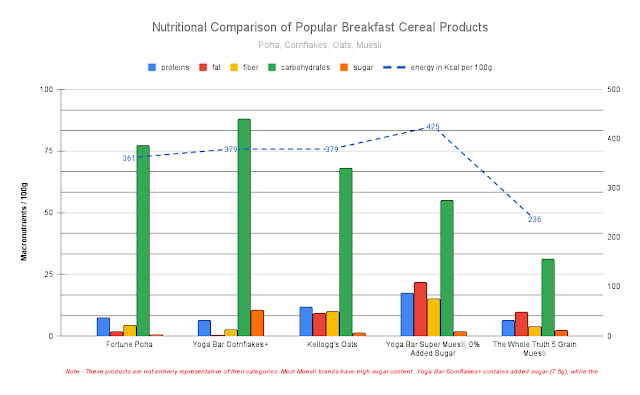The Global Food System
Russian plant explorer Nikolai Vavilov initially identified the centers of origin for eight crop plants, subdividing them further into twelve groups in 1935.
Around 7000 BCE, sesame and brinjal were harvested and humped cattle were domesticated in the Indus Valley. By 3000 BCE, spices, like turmeric, cardamom, black pepper and mustard seed were harvested.
Corn, beans and squash were domesticated in Mesoamerica around 3500 BCE. Potatoes, quinoa and manioc were domesticated in South America. In what is now the eastern United States, Native Americans domesticated sunflower around 2500 BCE.
Our entire food system is now completely global.
A study by The Royal Society reveals that national diets have adopted new crops and become more and more globally alike in recent decades.
Bananas, a crop requiring tropical growing conditions, are now consumed in at least 167 countries, including all temperate regions.
Foreign crops make up more than 69 percent of country food supplies and farm production.
The International Center for Tropical Agriculture (CIAT) researchers have produced an interactive graphic & poster [PDF] that allows you to explore where each type of food originated from.
 |
| Source: The International Center for Tropical Agriculture (CIAT) |
CIAT advances data, information, and knowledge management by the implementation of the CGIAR Open Access and Open Data policy.



Comments
Post a Comment